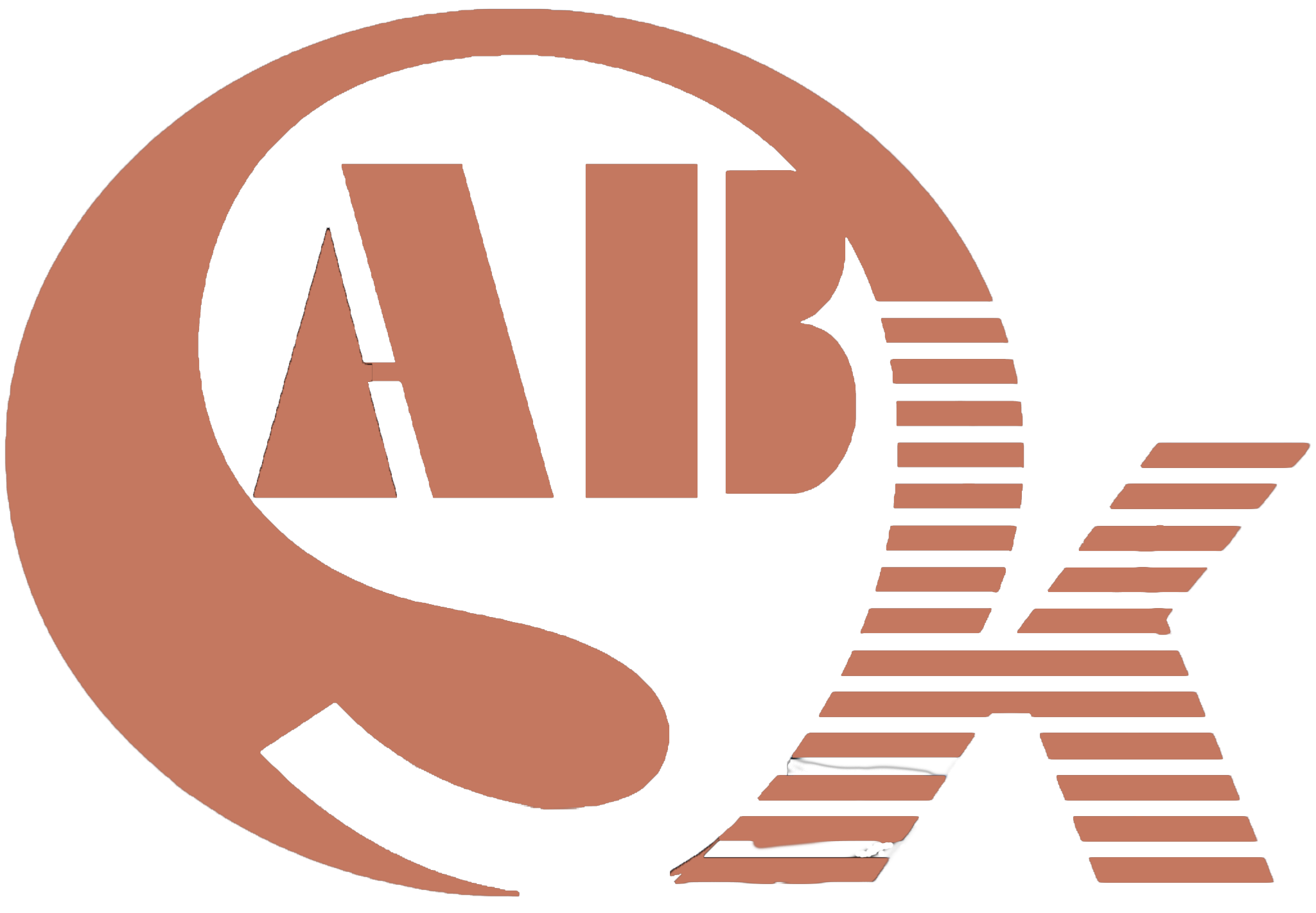Mastering Precision Welds: A Comprehensive Guide to Tube Welding Positioners
In the welding industry, tube welding positioners play a crucial role in enhancing efficiency, accuracy, and reliability. These innovative tools are designed to rotate workpieces, providing welders with optimal access and positioning for seamless welds. Understanding the types and specifications of welding positioners is essential for maximizing their effectiveness in various welding processes.
Types of Tube Welding Positioners Tube welding positioners come in various types, each designed for specific applications and industries. Common types include:
- Manual Tube Welding Positioners: These positioners require manual adjustment and are ideal for small-scale welding projects.
- Automatic Tube Welding Positioners: These positioners feature automated controls, offering precise positioning for large-scale welding operations.
- Vertical Tube Welding Positioners: These positioners are designed to hold and rotate vertical workpieces, providing access to all angles for efficient welding.
- Horizontal Tube Welding Positioners: These positioners are ideal for horizontal workpieces, ensuring optimal positioning and stability during welding.
Specifications of Tube Welding Positioners When choosing a tube welding positioner, it is essential to consider various specifications to ensure it meets the requirements of your welding project. Key specifications include:
- Load Capacity: The maximum weight that the positioner can support, ensuring it can handle your workpiece.
- Rotation Speed: The speed at which the positioner can rotate the workpiece, affecting welding efficiency.
- Rotation Range: The range of angles at which the positioner can rotate the workpiece, providing flexibility in welding positions.
- Power Source: The type of power source required for the positioner, such as electric or hydraulic, affecting its operational capabilities.
- Control System: The type of control system used to operate the positioner, such as manual, semi-automatic, or fully automatic, influencing ease of use and precision.
Welding Positioner Applications and Industries Tube welding positioners find applications across various industries, including:
- Automotive Industry: Used for welding exhaust systems, chassis components, and other tubular structures.
- Aerospace Industry: Utilized for welding aircraft components, such as fuselage sections and engine parts.
- Construction Industry: Employed for welding pipes, columns, and other structural elements.
- Manufacturing Industry: Used for welding pipes, tubes, and other cylindrical components in manufacturing processes.
Welding Machinery Efficiency Standards Efficiency standards play a crucial role in evaluating the performance of welding positioners. These standards include:
- Welding Speed: The speed at which the positioner can rotate the workpiece, affecting overall welding efficiency.
- Welding Quality: The quality of welds produced by the positioner, ensuring they meet industry standards.
- Energy Efficiency: The energy consumption of the positioner, ensuring it operates efficiently and cost-effectively.
- Safety Standards: The safety features of the positioner, ensuring it meets safety regulations and protects operators from hazards.
In conclusion, tube welding positioners are essential tools in the welding industry, offering precision, efficiency, and reliability in various welding processes. Understanding the types, specifications, applications, and efficiency standards of these positioners is crucial for maximizing their effectiveness and ensuring high-quality welds in welding projects.
